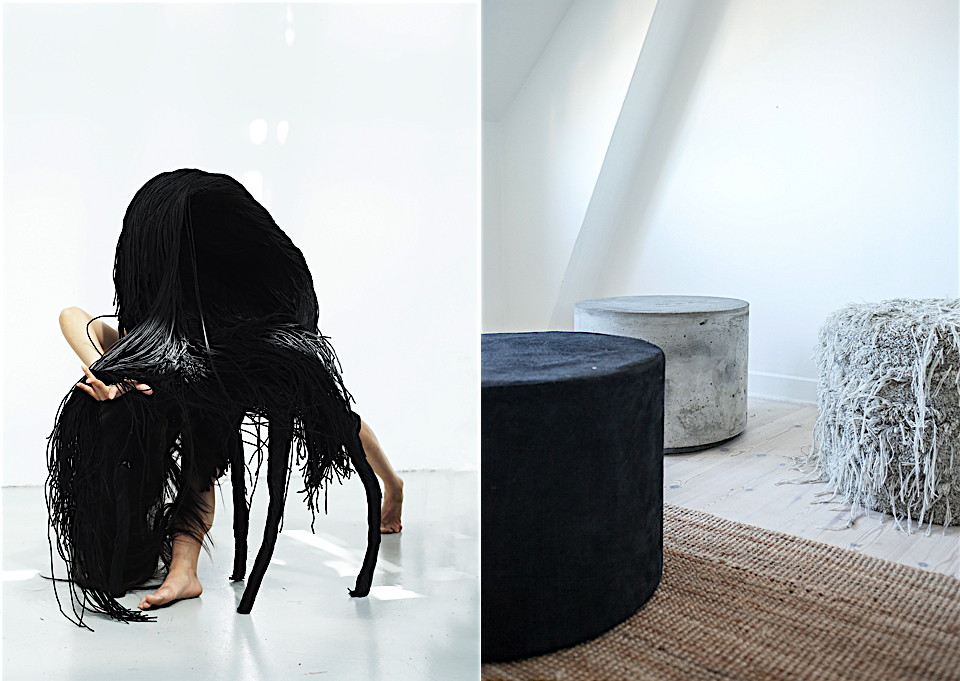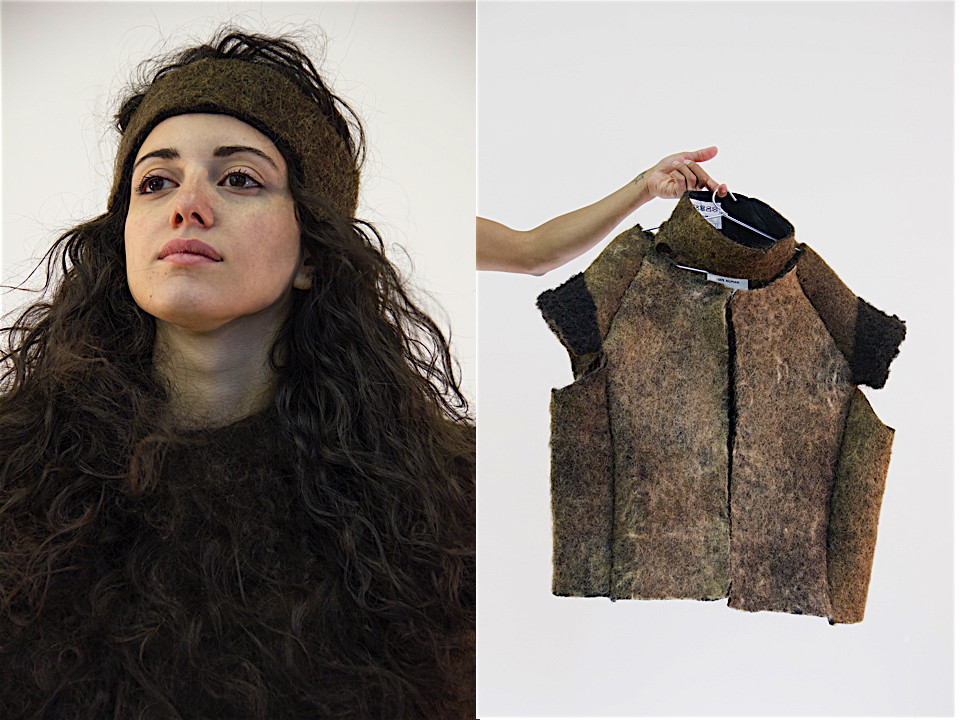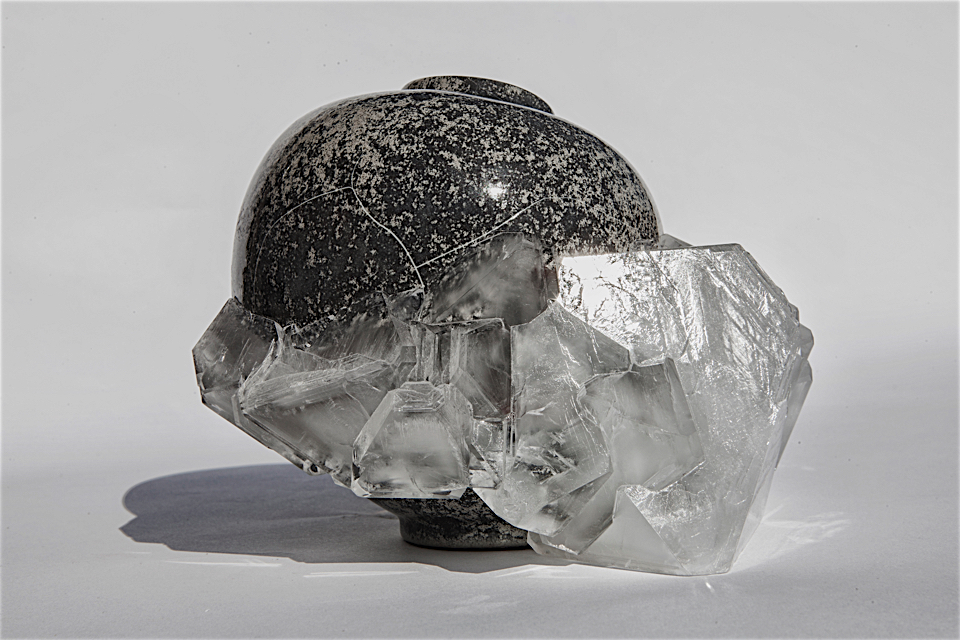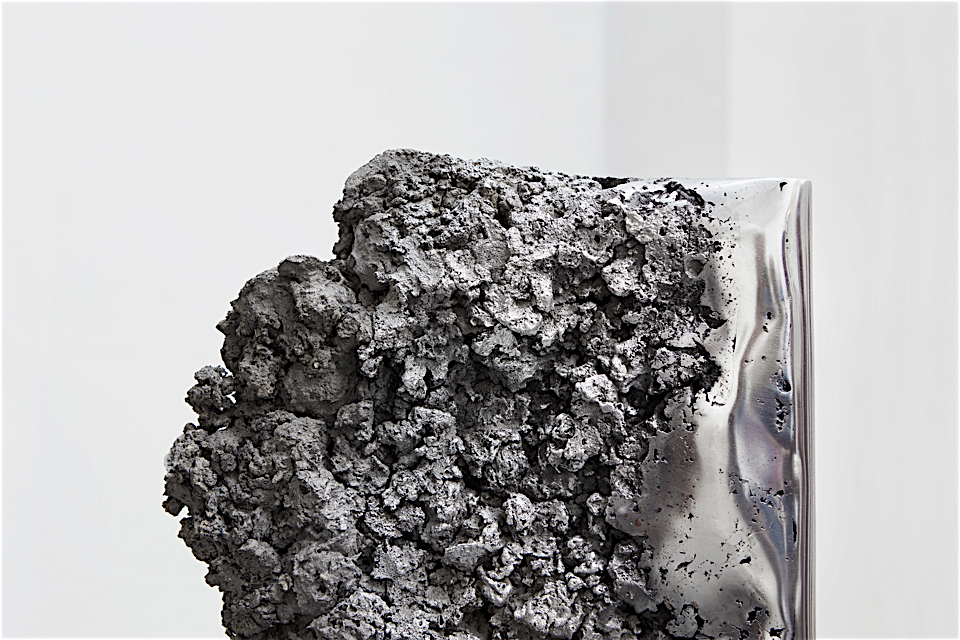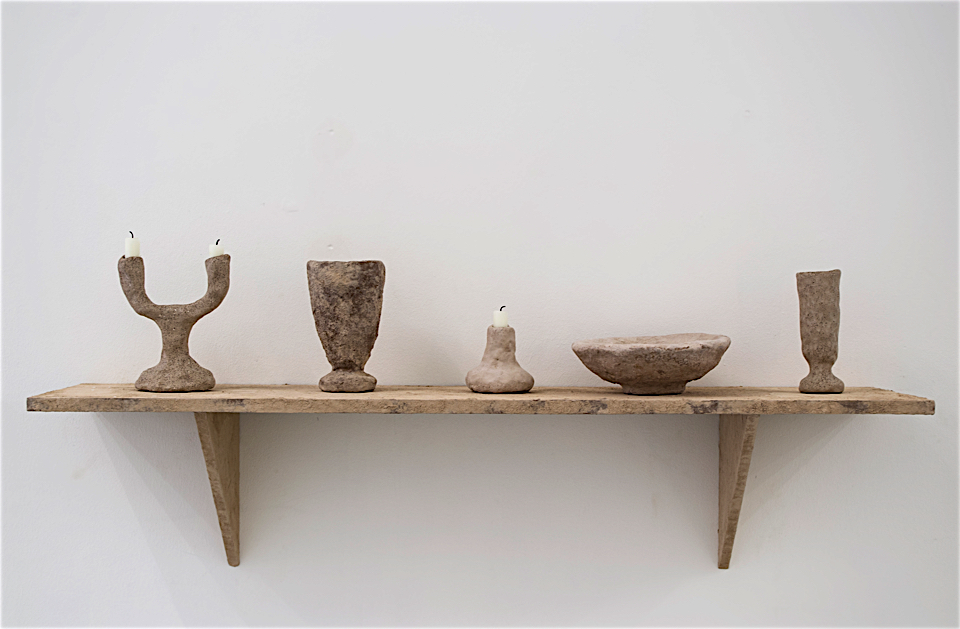FETISHISM
genetic mutation
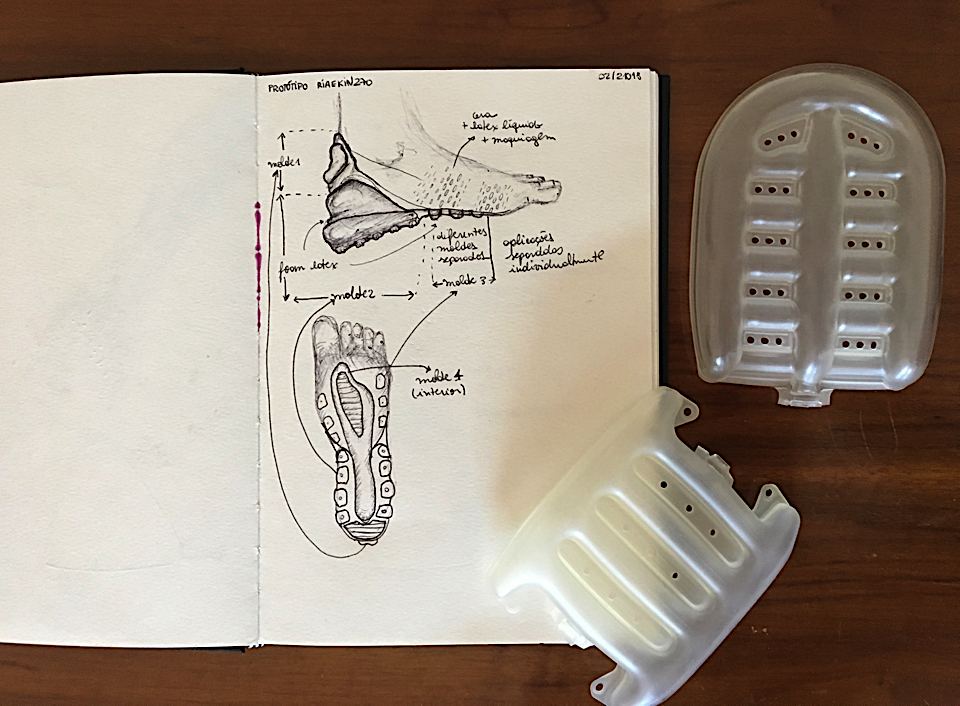
Overly stimulated eyes, ears and mind seem like the default nowadays. Living in a hyperconnected world means never being completely offline. This nit only affects how much content we consume in microseconds, but also our cognition. We are dealing with the biggest amounts of information than ever before, meaning our ability to curate which one is worth spending a few seconds on is at its finest.
Many things compete for the person's attention: Netflix binge-watching, actual work, new cool Spotify playlist, the latest meme, family & friends messaging, Tinder matches, and so on. It gets scary when you realize that brands have numerous strategies to tap into each of these moments and reach you, specifically you. Hyper-personalized algorithms, machine learning and neural networks are advancing at an exponential pace, learning everyone's digital and physical habits to better target you.
Meanwhile, we have different generations co-existing: from the Silent Generation to Alpha, people are at different levels of this cognition. For some, it can be like living in a country that you don't understand the language. For others, it's as natural as breathing. Internet literacy is the new divide between being completely part of the society.
This new cognition blurs the lines between what was once conceived as 'real'. According to Niobe Way, psychology professor at New York University, the connection illusion one gets when on social media must be exterminated, given that we use them primarily as a means of optimizing our own image.
The childhood memories of the digital natives will be made of both physical and virtual memories due to the omnipresence of smartphones, multiscreening and non-linear media. Way says there is a shift from social memory to personal memory: "You won't remember who you were with when you posted something on the Internet".
On the other hand, social media theorist Nathan Jurgenson identified the "digital dualist" behaviour. Digital dualism is the incorrect belief that virtual experiences are less important than - or more disjointed - than the physical experiences. Jurgenson affirms that the memories we build on social media are as legitimate as the more traditional ones, such as falling off the bicycle.
Commissioned by Nike, a group of people with various backgrounds set out to explore the impacts of being able to filter out this content pollution we live in. Entitled "Riaekin270", the collective created an evolved creature that absorbs and creates no impact on the information flood. Able only to communicate with artificial intelligences , the creature observes and questions the world it is being born into.
Lydia Caldana
Lydia Janis Caldana is a trend forecaster with a creative background and both eyes on the future. Amazed by the opportunities new technologies bring at an exponential rate, she uses her abilities to predict movements and change to help companies, governments and disrupters be in charge of a more sustainable, inspiring and tech-solutioned world. She is a Brand Strategist & Culture Investigator at Box1824
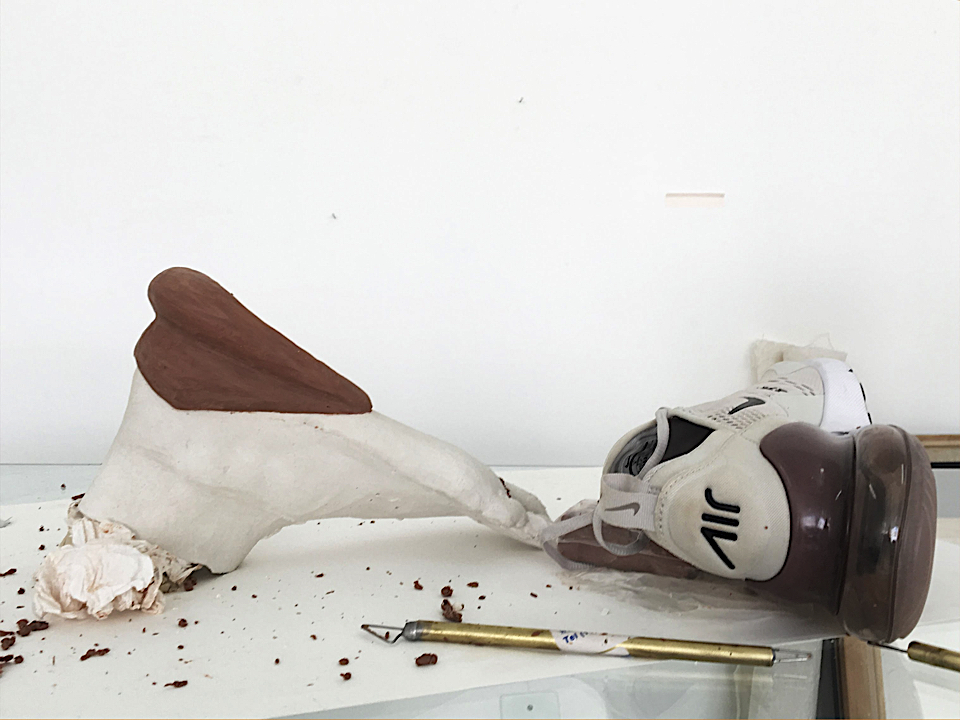
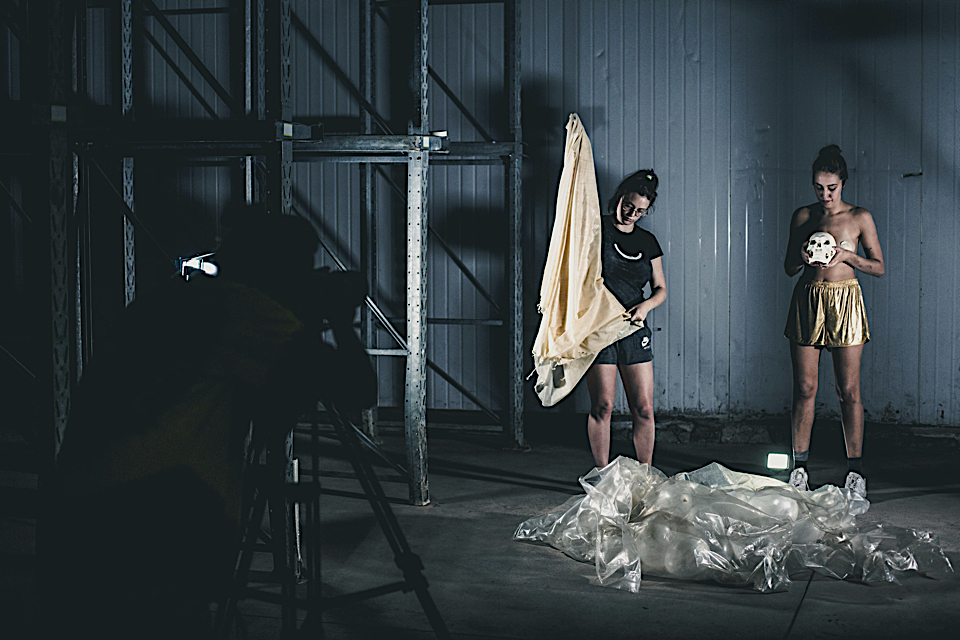

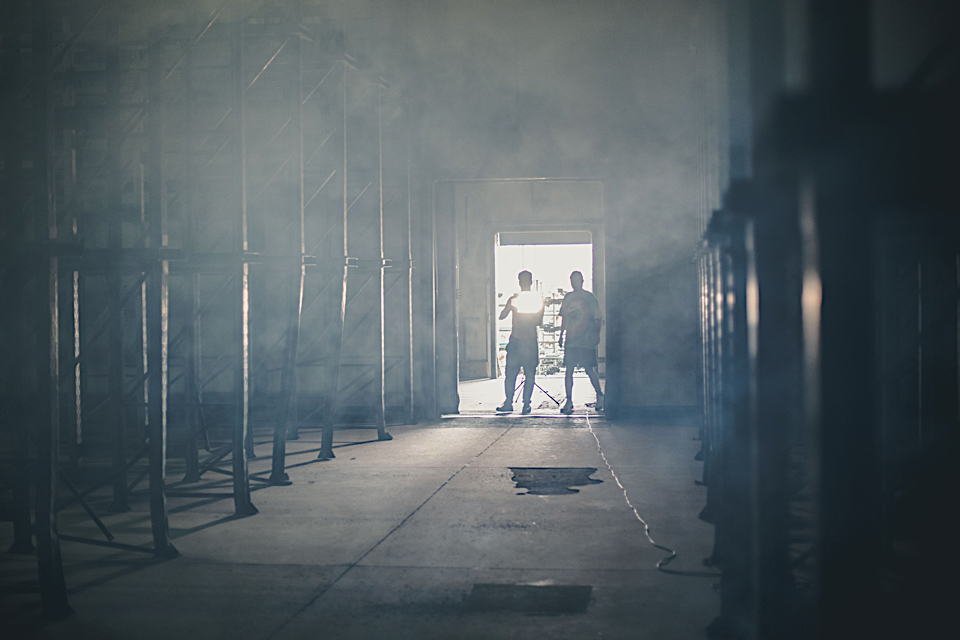
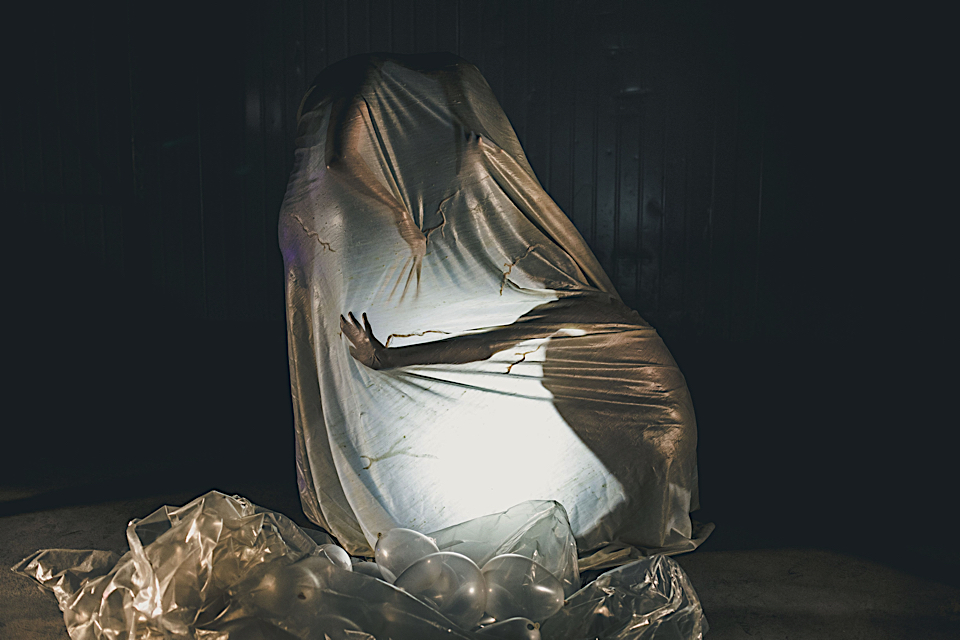
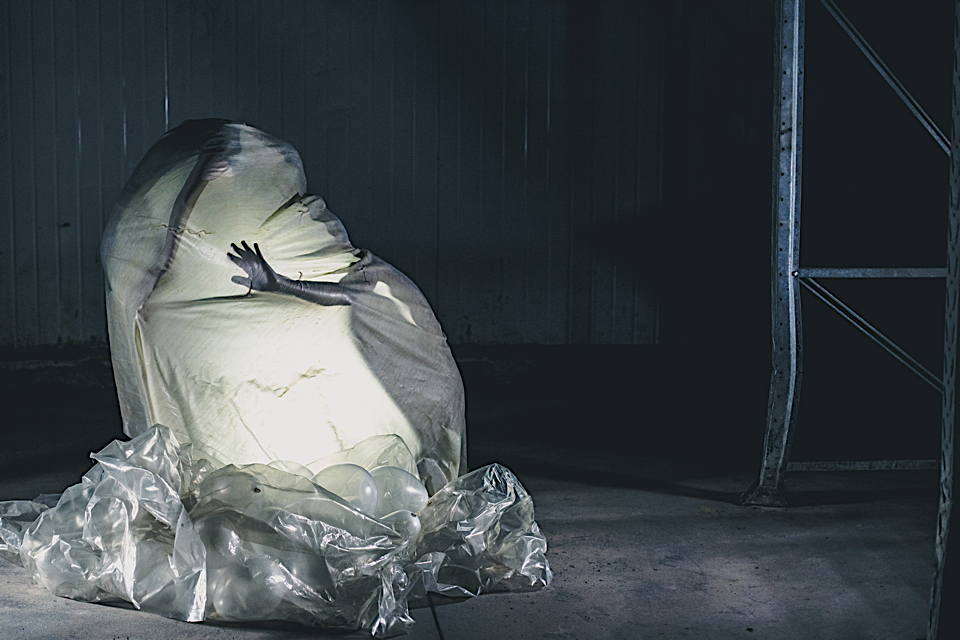
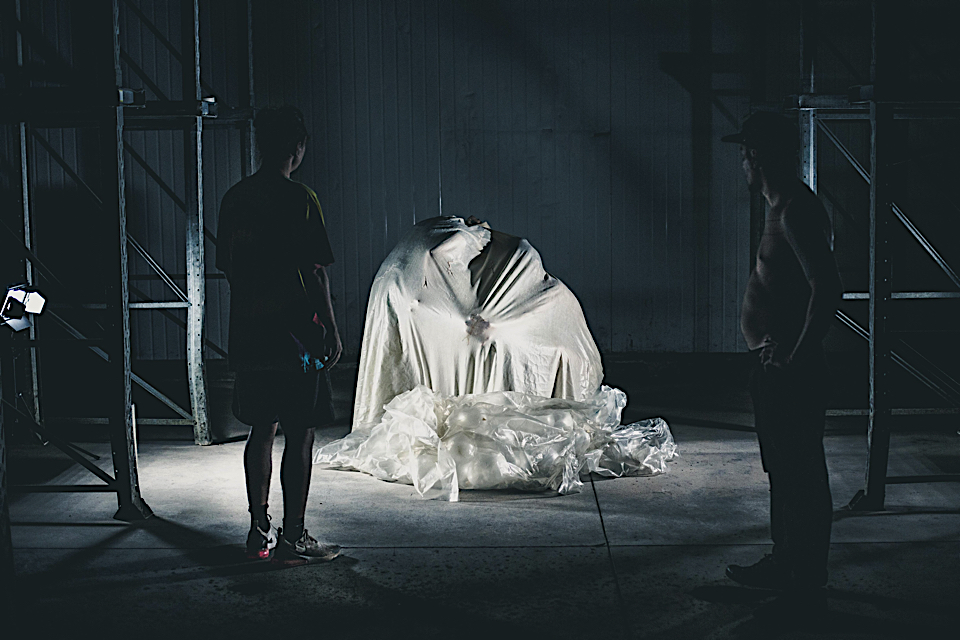
human hair for mass-production
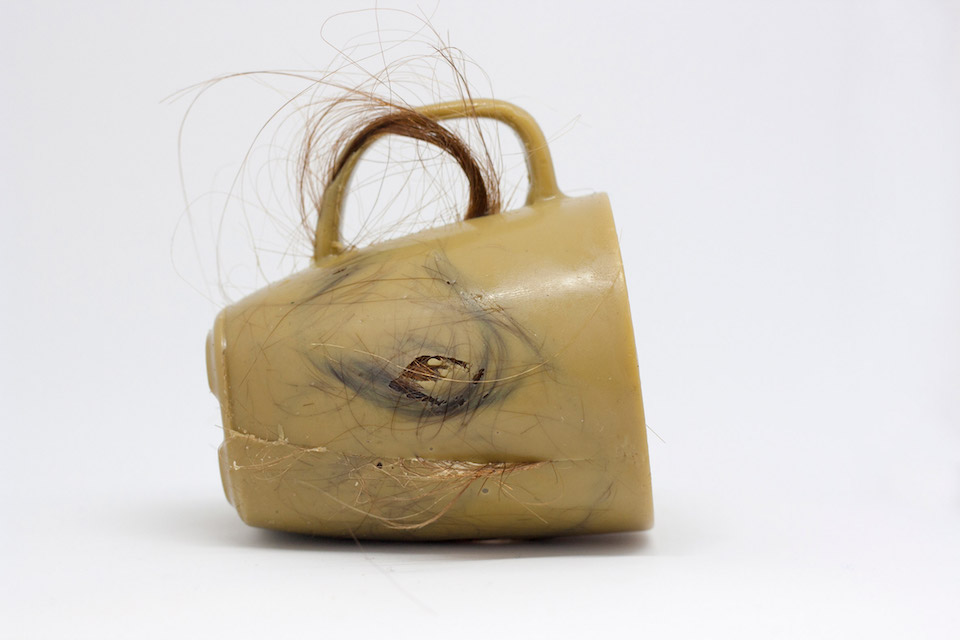
Photo by Margherita Soldati
With the project ‘This is not a Värdera’, student Krisztina Czika from the Gerrit Rietveld Academy questioned what will happen if human hair is used in mass production.
To answer this question, the artist wanted to apply human hair into a form of a very familiar object, an IKEA mug. She made this familiar object solely from materials depending on the human body, human hair and leg wax.
"Human hair and cosmetic wax both have the qualities to be recycled, and contribute to an up cycled production that could be beneficial to our economy", Czika said.
There are more designers who design objects with human hair, like Studio Swine, but not with the intention to use it for mass production. She received hair from several donors and also includes her own hair to make 15 mugs in 5 different colors. First she placed hair in the silicon mould and after filled it with liquid wax.
By first seeing the design, most of the reactions show disgust. Obviously her design is not created for everyday use. It’s an art piece to inspire others to stop looking only at fossil fuels for mass-production and make choices that stop climate change.
Nine van der Wal
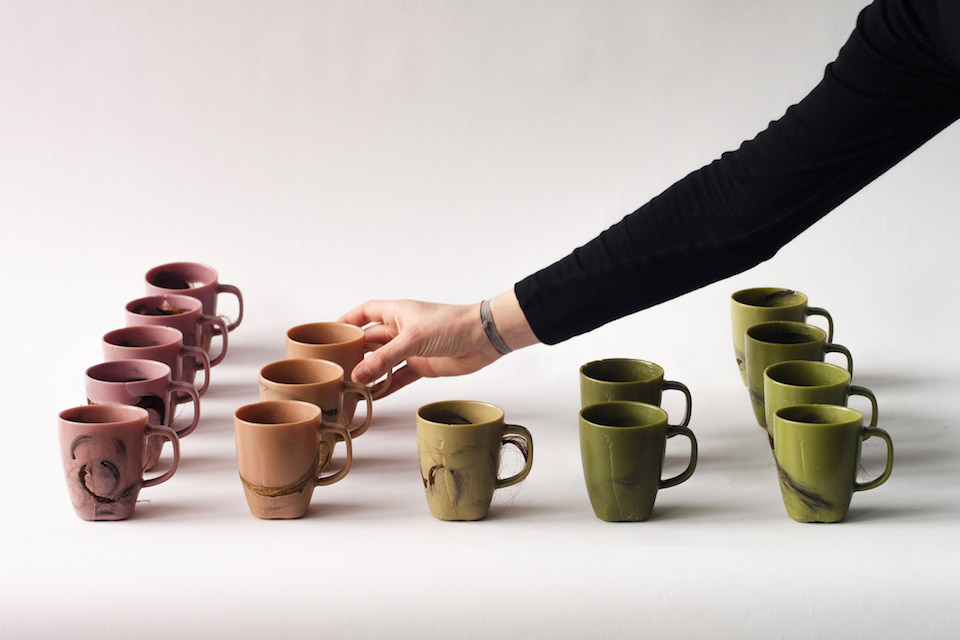
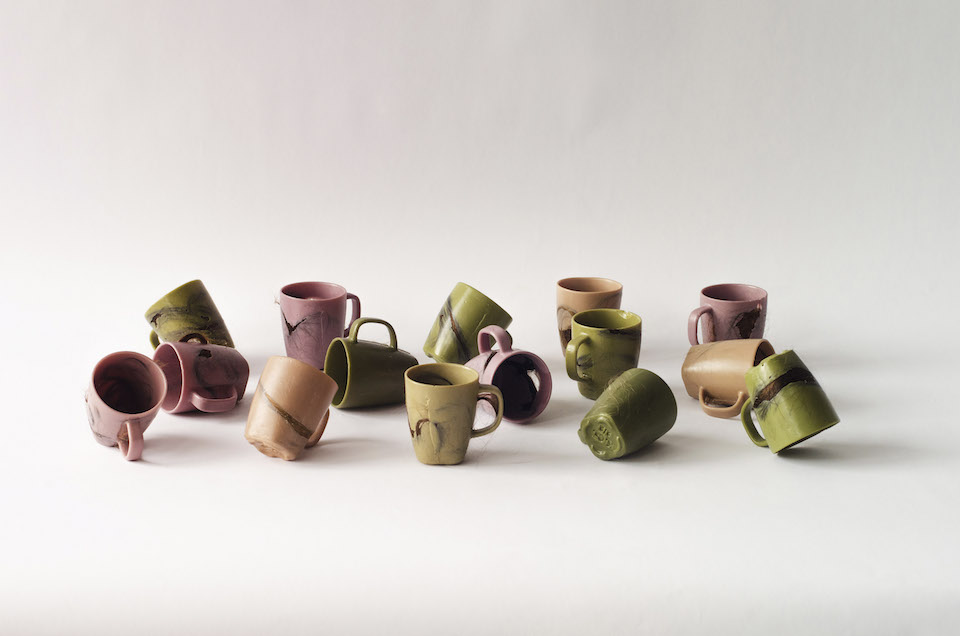
Kristina Czika - photo by Margherita Soldati
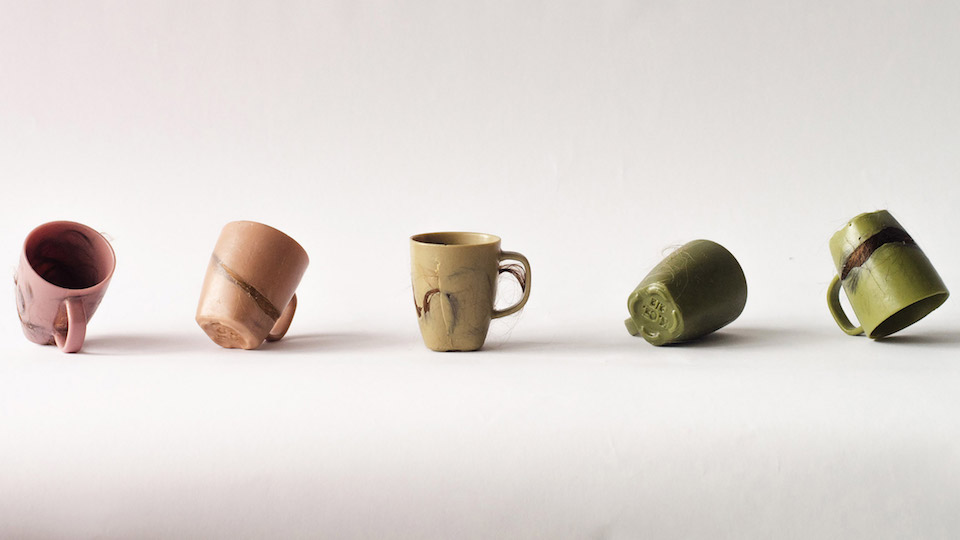
Kristina Czika - photo by Margherita Soldati
wild things in situ
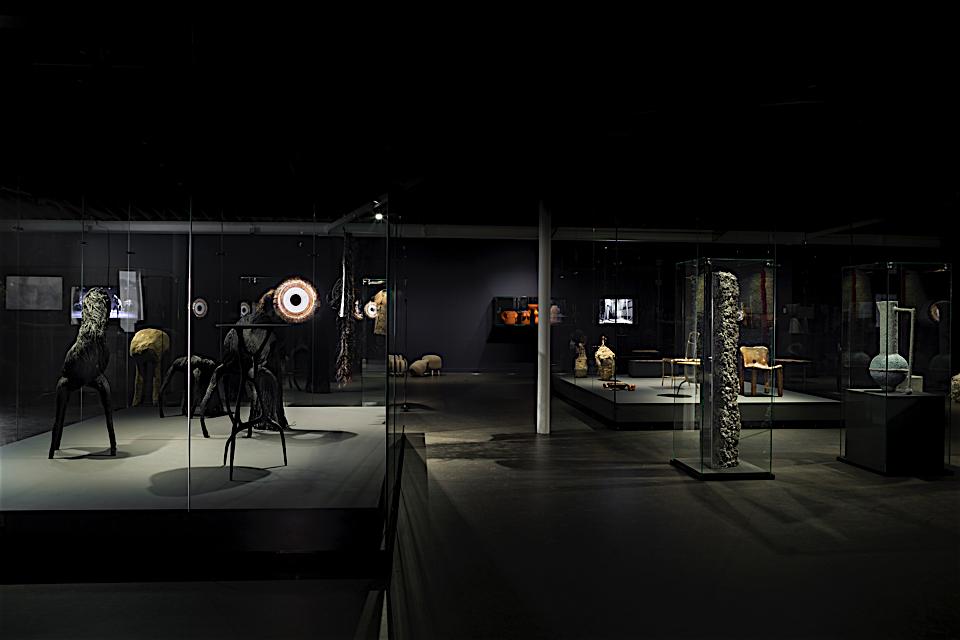
photo by Bart Van Leuven
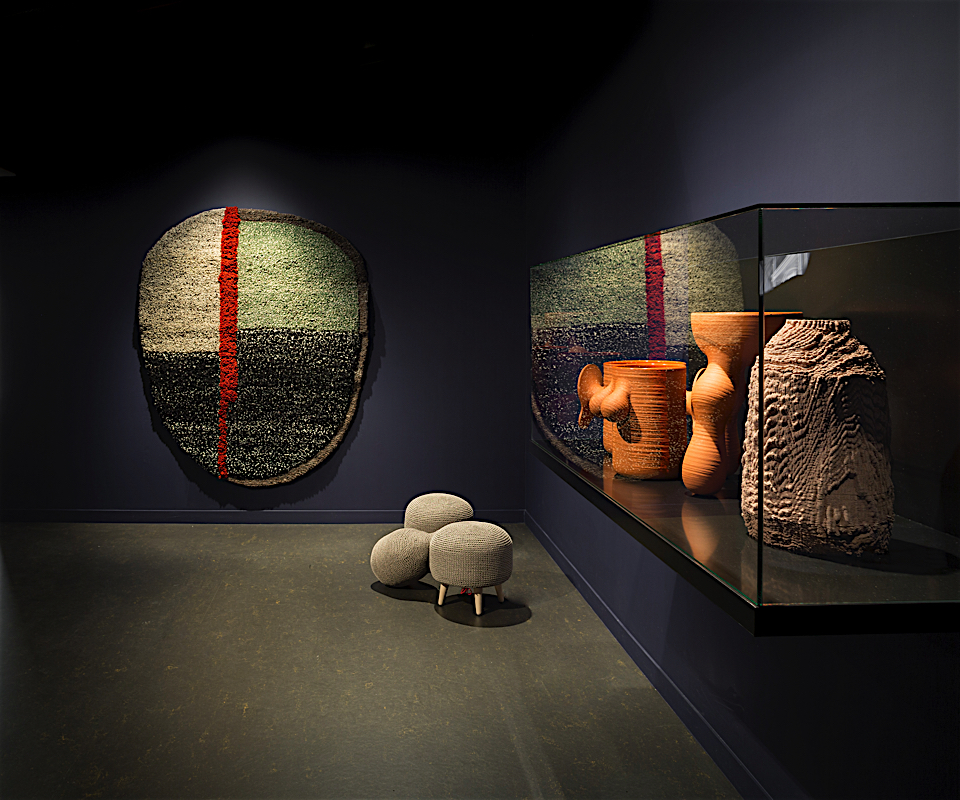
photo by Bart Van Leuven
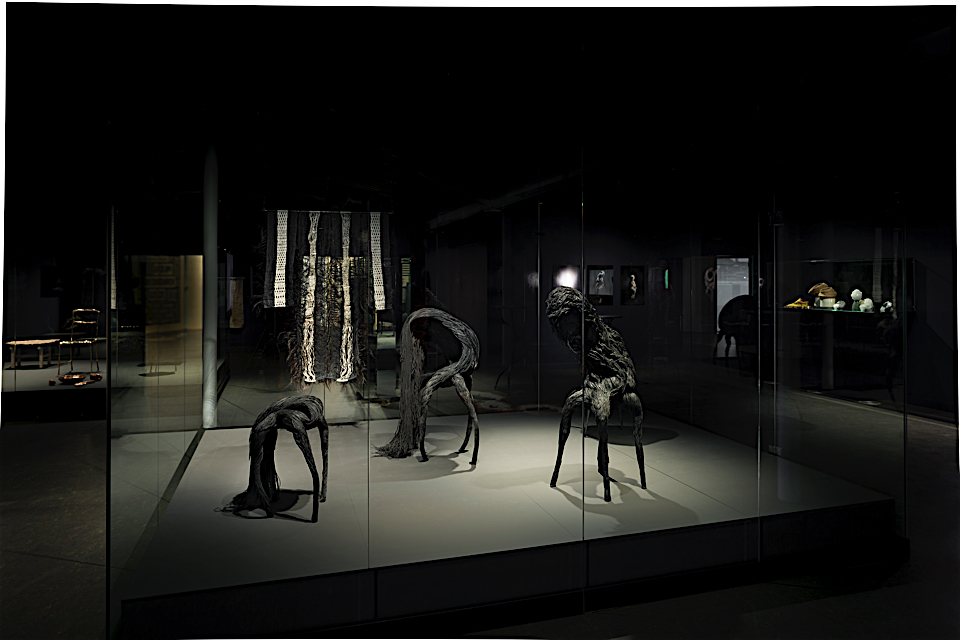
photo by Bart Van Leuven
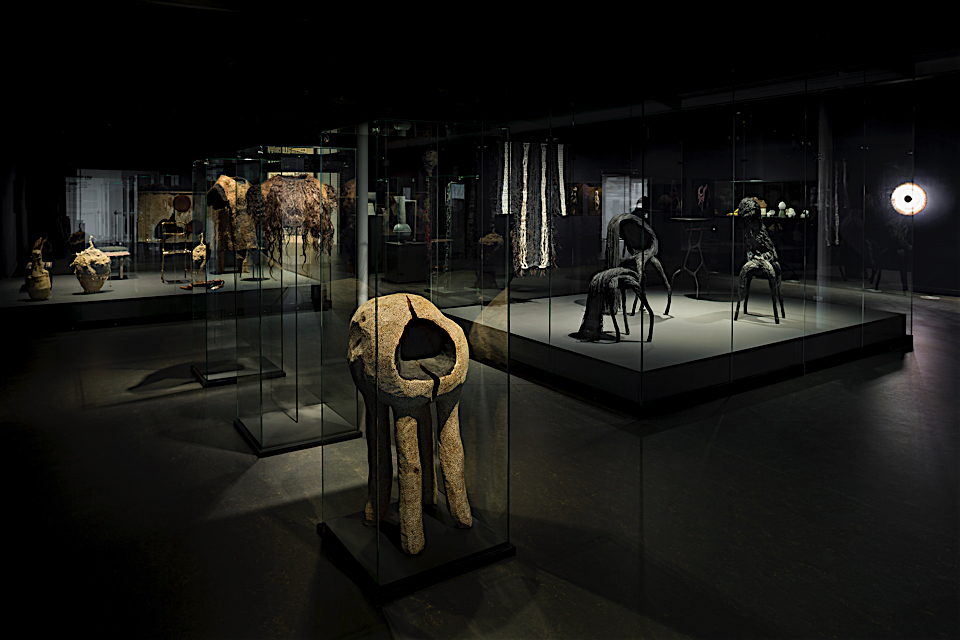
photo by Bart Van Leuven
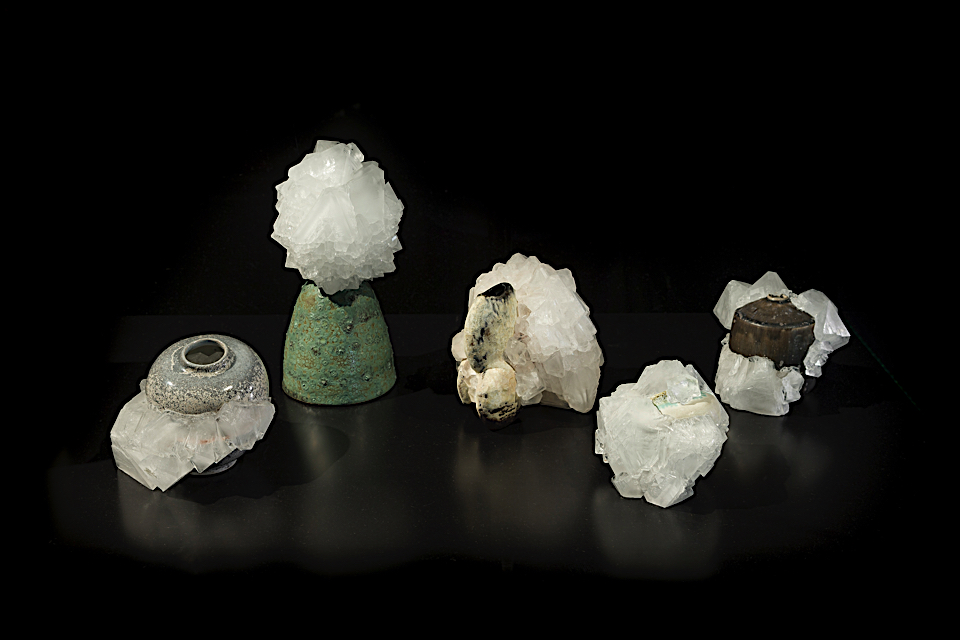
photo by Bart Van Leuven
Photos ©BartVanLeuven www.bartvanleuven.com
wild things
A need for spirited thoughts and spiritual creation is born in the second decade of the 21st century. The absence of religious celebrations and humanistic belief systems has deconstructed a society that lacks morals and manners, creating a barbaric atmosphere that governs human systems, from fanatical political leaders to violent street gangs and atrocious acts of terrorism. Making fear a dominant societal trait, modifying society from within. Suddenly the need for faith in humanity is growing, pushing designers and textile makers towards undiscovered territories, wanting to give form to objects charged with animistic power, constructed with totemic zeal.
To reach powerful expression, materials are from the earth, such as roots, minerals and metals; fibres are from the fields, such as hemp, corn and linen; yarns are from flocks, such as sheep, goat and yak; and already used fabrics are from modest scraps, to be reincarnated and given new life. Fibres want to be liberated and will float beyond the confines of a garment or object, favouring grasses, raffia, hair and rope.
The design discipline is digging deep into its history, excavating fragments of ancient civilisations, and recording indigenous ways of making, researching and innovating rarefied production processes, searching for the instinctive in human nature. In awe, designers are listening to the materials they choose, guiding them in the divine shaping of things, listening to the metaphysical importance of material as the message, acknowledging that the matter itself is charged with a spiritual strength to reckon with.
Supernal ceramics are pushed beyond their limits, wood is left to show its proper power and metal is forged into ethereal forms. Stone is excavated and granite rekindled, shape is monumental with an animistic core. The use of colour can be qualified as tribal, with dark neutrals and natural dyes. The loom is calling young designers to create textiles that are woven with a maternal, inherited aesthetic. The devotional transformation of cloth includes felting, quilting, layering and embroidery. Even adventurous 3D-printed pieces follow energy rhythms, bringing the spiritual into the production techniques of the future.
Lidewij Edelkoort
Curated by Lidewij Edelkoort & Philip Fimmano, WILD THINGS celebrates the 25th Silver Edition of Biennale Interieur in Kortrijk.
The exhibition takes place at Texture from October 14 – December 4, 2016.
https://interieur.be
http://www.texturekortrijk.be/en/
Download the press release
Download the press images
Further press information

Brûlé 2015 detail by Studio Marlène Huissoud
a virtual tour

Trend Tablet is pleased to share with its readers a virtual tour of the "FETISHISM. Obsessions in Fashion & Design” exhibition on show at the Trapholt Museum in Denmark until January 24, 2016.
Ten different fetish themes provided inspiration for a global search for garments, furniture and objects that reflect emerging important socio-cultural trends.
An in depth look at how contemporary creativity reveals a future merging the sensual with the instinctive and burring the borders of everything in between.
Curated by Lidewij Edelkoort, Philip Fimmano and Willem Schenk, the exhibition features more than 100 creations, including fashion by Iris van Herpen, Walter van Beirendonck, Rick Owens, Undercover and Phoebe Philo for Céline; as well as design by Pepe Heykoop, Front, Maarten Baas, Studio Job, Kiki van Eijk, Marcel Wanders, Fabio Novembre, Jaime Hayon, Bokja, Bertjan Pot, Fernando & Humberto Campana, Christien Meindertsma and Claudy Jongstra.
FETISHISM. Obsessions in Fashion & Design - March 12, 2015 - January 24, 2016

NUDISM theme

SADO-MASOCHISM theme
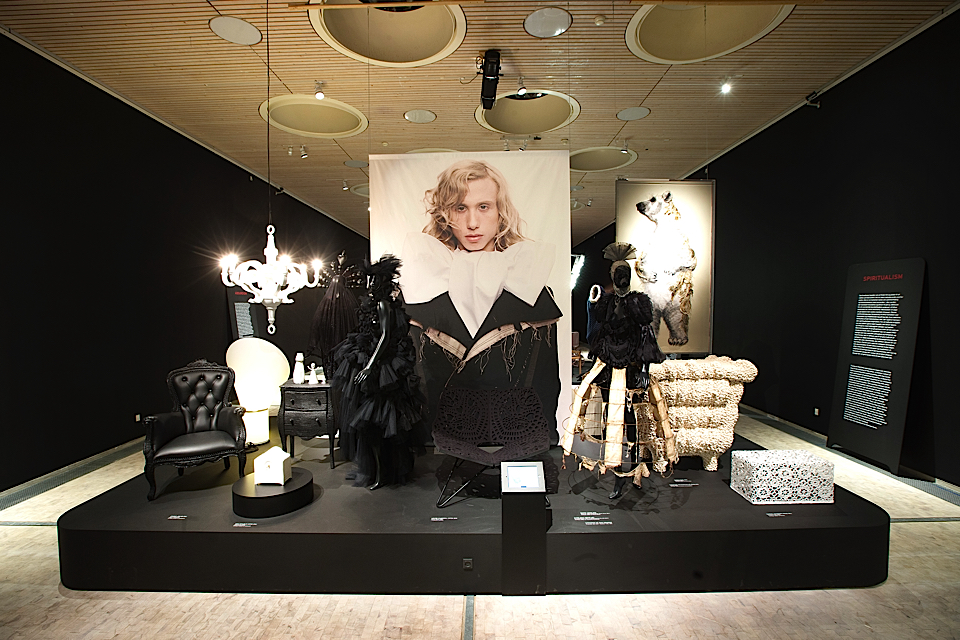
ROMANTICISM theme

SPIRITUALISM theme

ABSURDISM theme

INFANTILISM theme

REGIONALISM theme
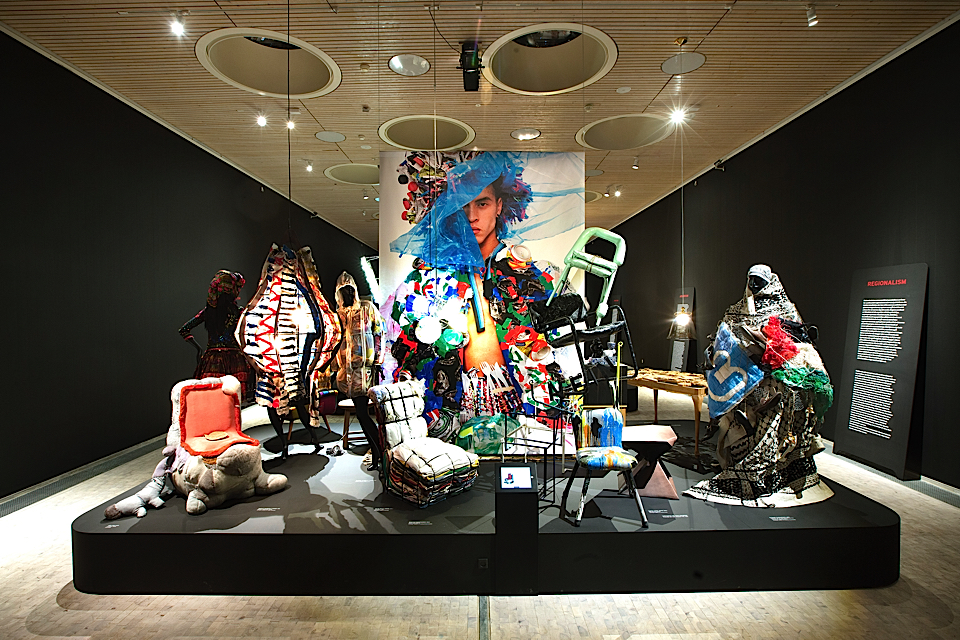
CONSUMERISM theme

SHAMANISM theme

LEGENDISM theme
a new design exhibition at Trapohlt
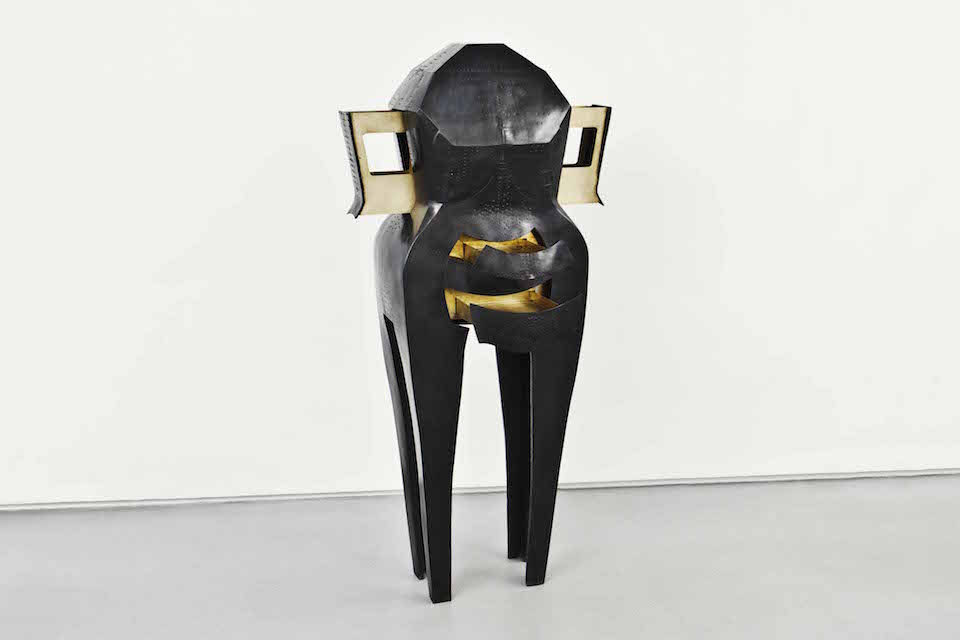
Ingrid Donat - Sado-Masochism
The TRAPHOLT museum in Denmark has invited Edelkoort Exhibtions to curate "Fetishism. Obsessions in Fashion & Design". This rich exhibition is a new selection of works that address how both design and fashion question why we have a personal connection to certain materials and objects.
Lidewij Edelkoort has defined 10 themes which she thinks have a touch of fetishism to them - from nudism to infantilism, spiritualism, shamanism and consumerism. 100 international designers have contributed with creations corresponding to the themes.
Trapholt Museum director Karen Grøn says, "Edelkoort focuses on the fact that we increasingly use design as a fetish to link up with an increasingly uncertain society. Much of our desires and obsessions stem from our childhood and are later developed into a fascination for example, lingerie, leather, velvet or shoes. We create fetishes by the choices we make, and thus we are connected to the world around us."
The exhibition illustrates the fetish-trend with spectacular garments and intriguing design objects collected around the planet, illustrating the overwhelming creativity of a new generation of experimental designers who in their works lustfully use references from nature, religion, anthropology, society and history, thus building a bridge to a future common consciousness. Well-known designers and young, talented stars contribute equally to the exhibition, including Fernando & Humberto Campana, Maarten Baas, Jaime Hayón, Front, Rick Owens, Studio Job, Iris van Herpen and Pharell Williams, who besides having written the world hit "Happy” has also designed furniture.
Trapholt has also invited five design bloggers from Denmark to present their view on how the exhibition's fetish themes are expressed in everyday design for our homes. Karen Grøn says, "The bloggers keep us updated with frequent posts - they are our local trendspotters. Here we get another view of the fact that the fetish trends also exist in the objects that we encounter every single day.”
The five bloggers are
wearemad bypankalla nemesisbabe wewonder julievonlyck.
Exhibition period: 12 March, 2015 - 24 January, 2016
Curated by Lidewij Edelkoort, Philip Fimmano & Willem Schenk, with Danish contributions by Karen Grøn
High resolution images are available upon request.
Purchase FETISHISM IN FASHION the book (39 EUR + shipping)
trapholt.dk
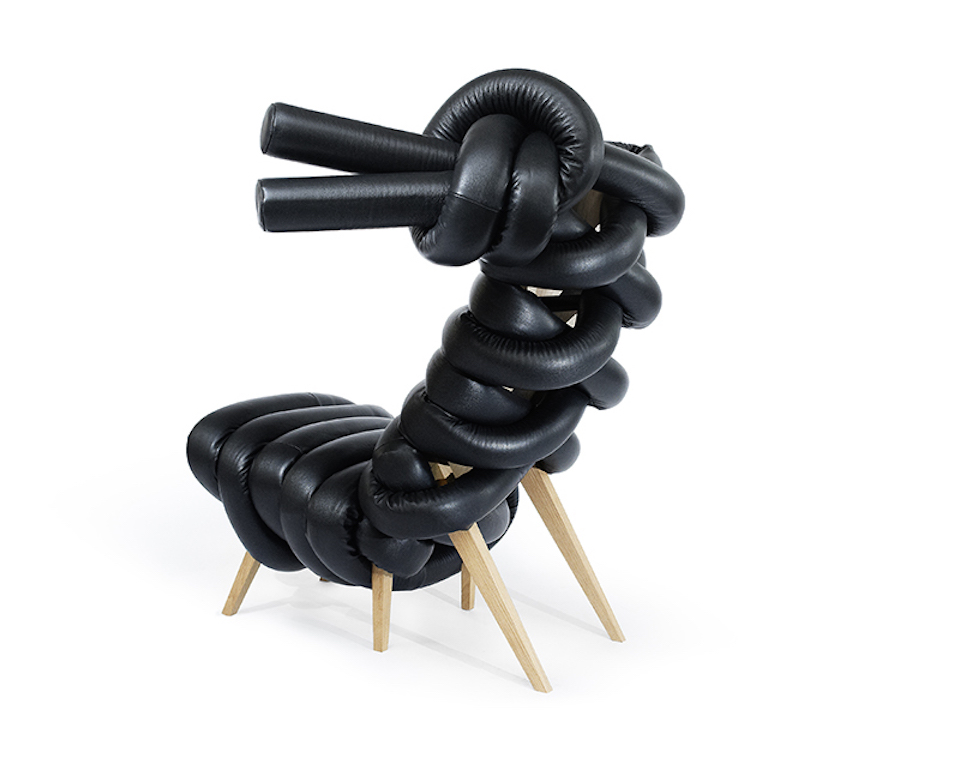
Farg & Blanche - Sado-Masochism
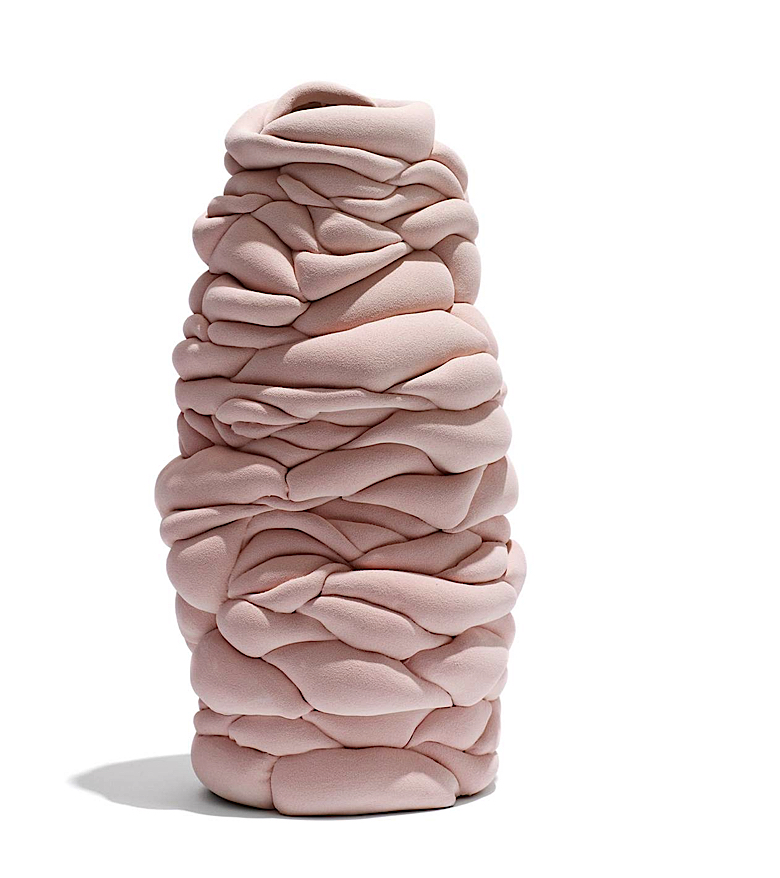
Christina Schou Christensen - Nudism
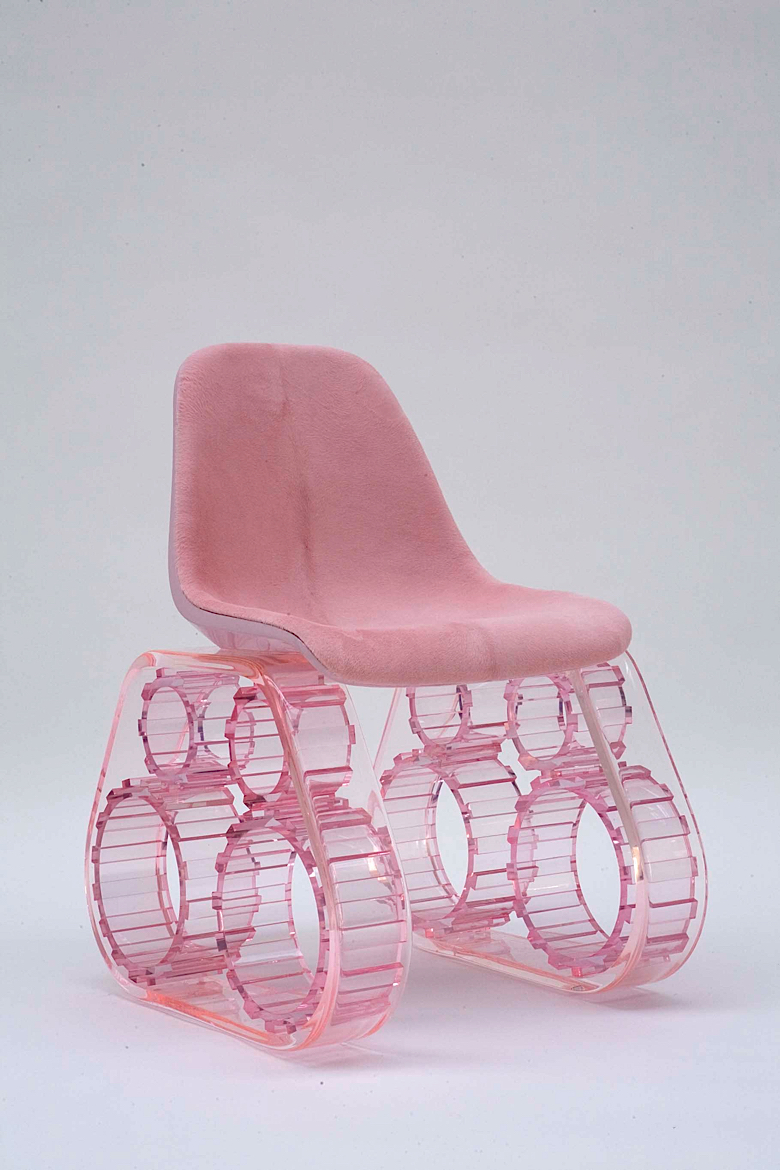
Pharrell Williams - Infantilism
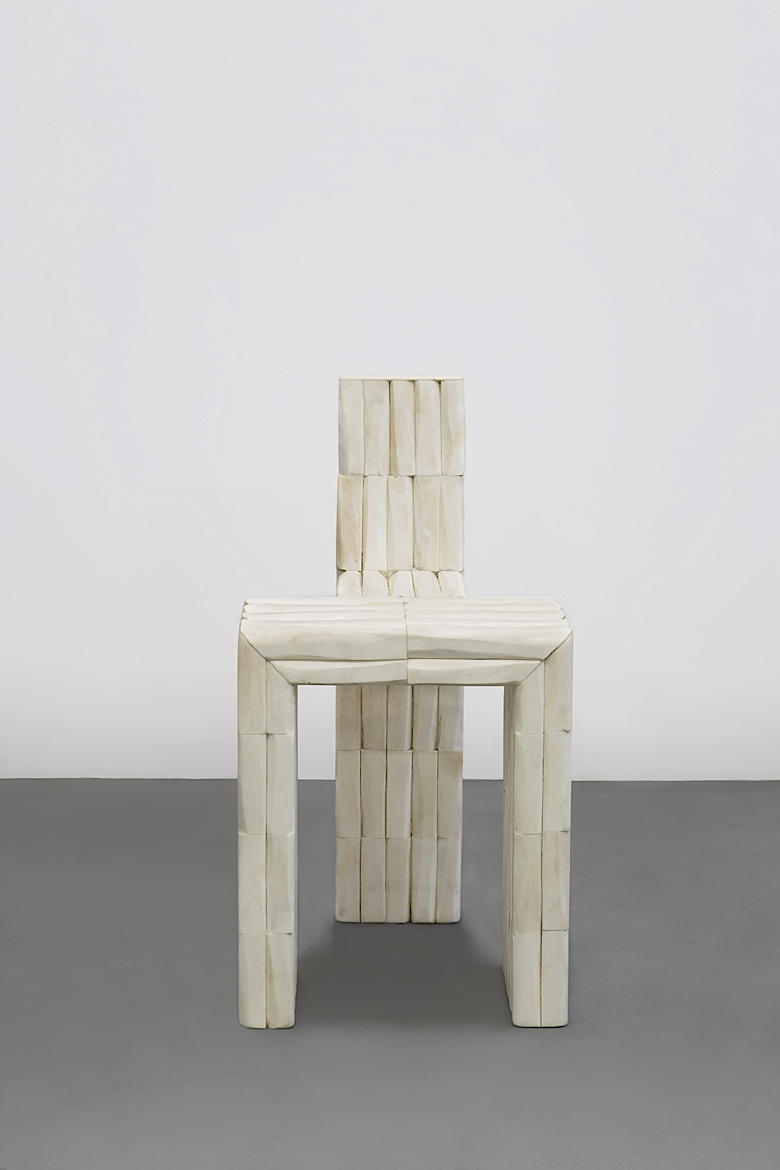
Rick Owens - Spiritualism
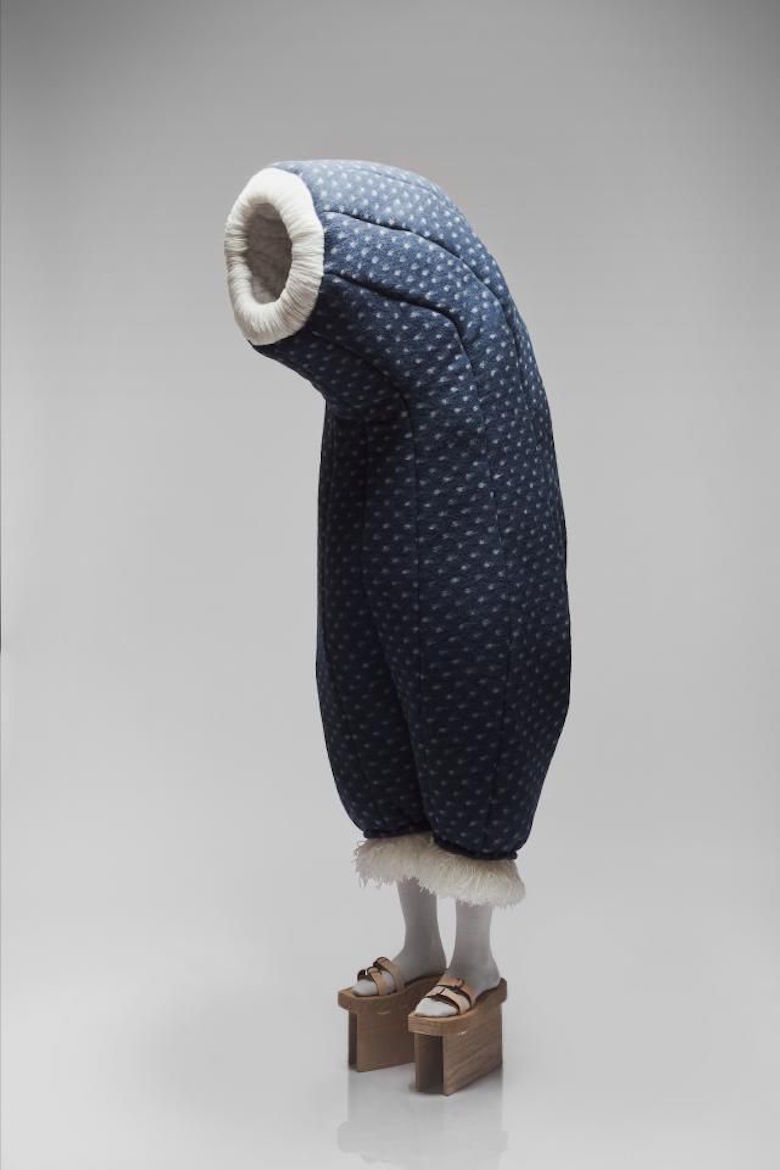
Femke Agema - Absurdism
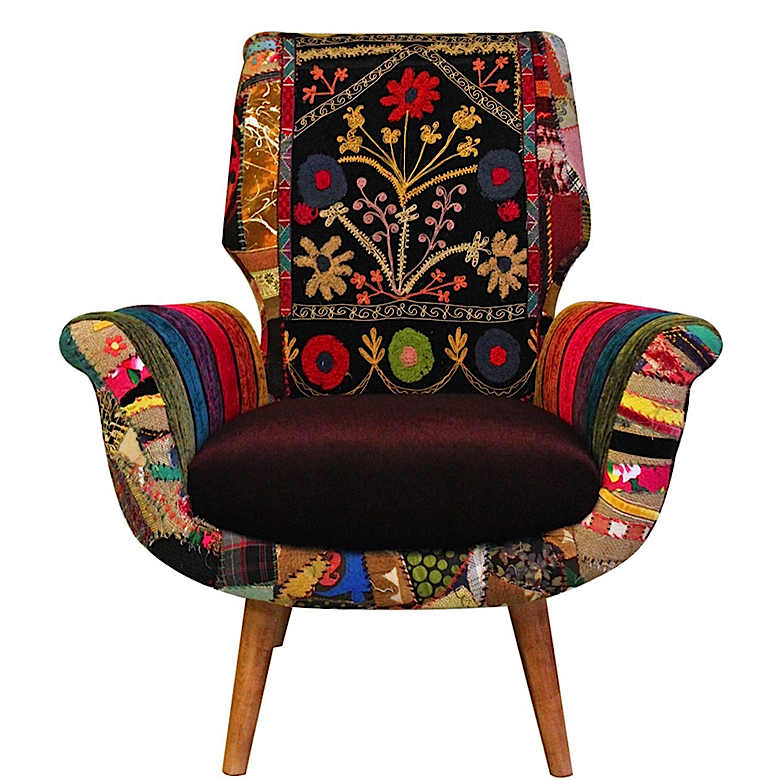
Bokja Design - Regional
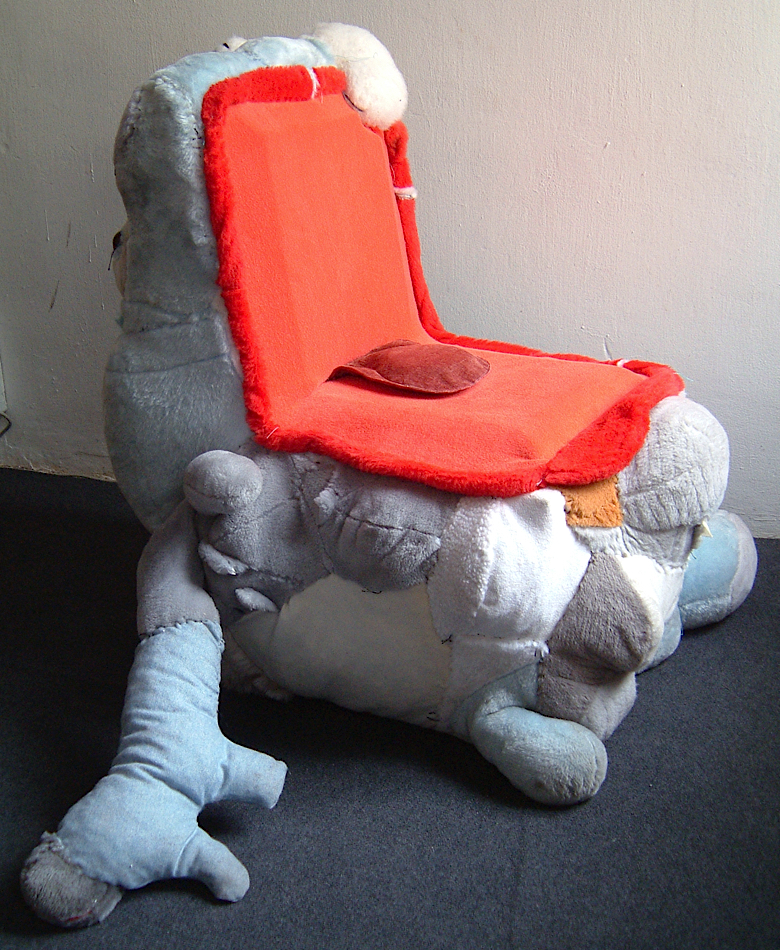
Gelitin - Consumerism
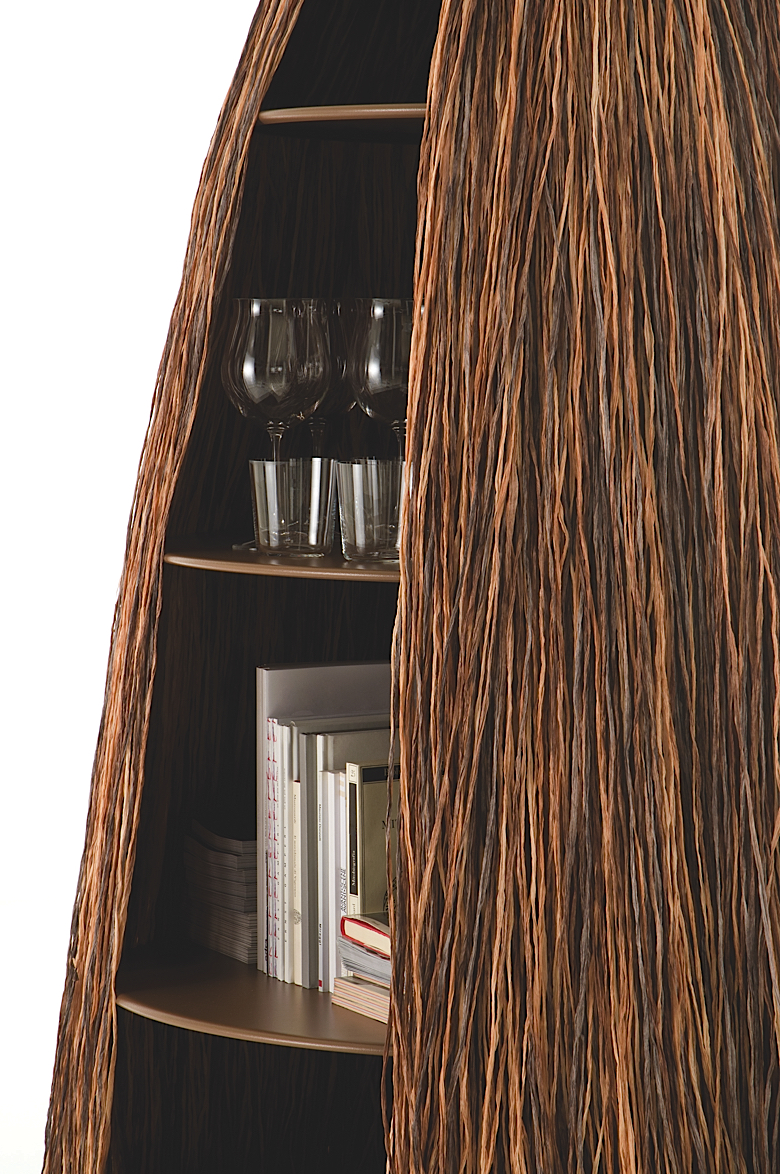
Fernando & Humberto Campana - Shamanism
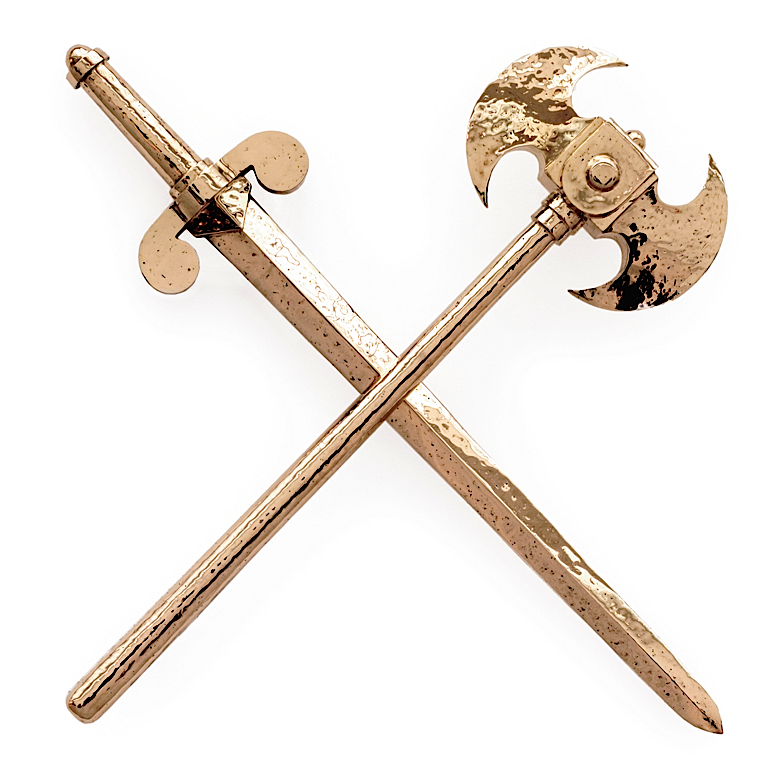
Studio Job - Legendism
burcu büyükünal

photos Firat Akarsel
Burcu Büyükünal born in 1980, Ankara, Turkey is graduated from Industrial Design Department of Istanbul Technical University in 2003. She is now a part-time instructor and PhD candidate in Art History at Istanbul Technical University and runs her own studio which promotes a new concept of jewelry in Turkey.
Her work is inspired by the contemporary beauty’s perception. She wants to question the conventions and societal norms relating to body. “Terrifying Beauty” and “Osternsible” are two projects challenging our personal relationships with adornment and fashion As the designer explains it : “I want my work to surprise and challenge people to inspire questioning. Suggesting something extreme, unusual, and irrational is my strategy”.
“Terrifying Beauty” is a jewelry collection inspired by plastic surgery. Cosmetic surgery is now part of the mass culture and Burcu Büyükünal imagines four facial pieces to focus on this trend : “I create four pieces distorting the face in an unlikely way, contrasting the purpose of traditional jewelry”.
Burcu Büyükünal also created “Osternsible” a serie of clothes. This project is for her “a conceptual work that focuses on fashion trends and perceptions of beauty. It explores body and dress as a medium to construct one’s identity. It is a critical approach to understand trends in fashion and beauty and their connection to self-construction.”
Both projects are research on our beauties conventions; they suggest an alternative and provocative way somehow very fetishist.
Sophie Hérolt Petitpas
Sophie Hérolt Petitpas is a french journalist free lance found of design and lifestyle. Sophie is also passionate by astrology and its mythical and symbolic aspects. Curious and sensitive, she loved linking and describing her trend hunting with the eyes of mythology in her blog.

photos Firat Akarsel

photo Umut Töre

photos Umut Töre
melissanthi spei

photos by nikolas ventourakis
Melissanthi Spei is a fashion artist based in London that specializes in Womenswear and accessories. She studied Fashion Design for Industry at the School of Textiles and Design at Heriot Watt University, then Art, Media and Design at University of Wales. Finally she graduated in 2013 from the MA Fashion Artefact of London College of Fashion.
Her dual studies of arts and fashion allow her to have a conceptual and intellectual approach to research and construction. Sado- masochism is a big influence for Spei, as she applies bondage elements like leather straps, harnesses and wood clips into her garments.
Her inspirations also come from her Greek cultural background using mythological characters such as Icarus. She implements drapes, flowing soft textiles, aged golden and metallic colors on instruments and fabrics. This rich universe allowed her to participate last year in the MoBa Fetishism in Fashion exhibition in Arhem, which was curated by our own Lidewij Edelkoort.
In her latest project called “Beautiful is Just Another Degree of Terrible” she explores through clothes and accessories the crisis context society the youth of her native country lives in and how by going back to tradition a new path can be found.
She implements in one silhouette a cowbell made accessory that represents the awakening sound of nature and how it can provide protection to an evolving crowd.
In another silhouette, a beautiful ruffled top is constraint by a leather harness. She explains:
“The aim of this project is to study how social and cultural everyday life issues can be translated within the fashion context to present a fresh point of view. […]”
She also emphasizes in the importance of craftsmanship by exploring different techniques and not letting the final result show it’s complexity.
The artist’s work is structured, well constructed and lyrical. Her influences are well defined and even though they could be considered as very far apart from each other, through a mastered technique she manages to put them together in a logical and feminine way.
Her ideal woman can be interpreted as a fragile warrior that transmits her power in the subtle channel of details, letting the untrained eye perceive softness.
Pablo Marcus Bien
melissanthispei.com
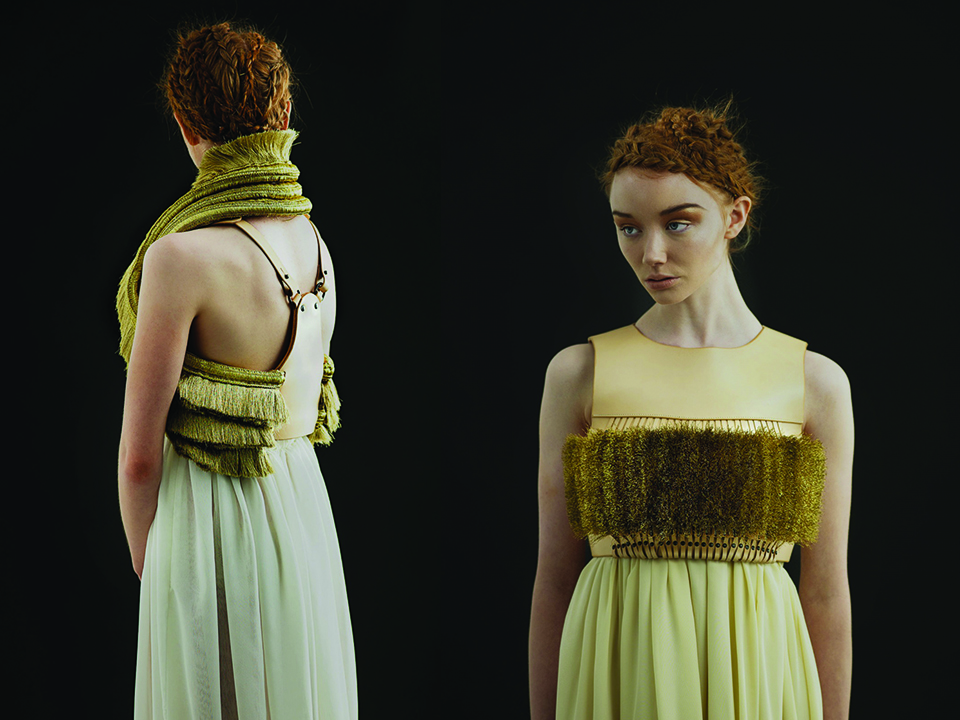
photos by nikolas ventourakis
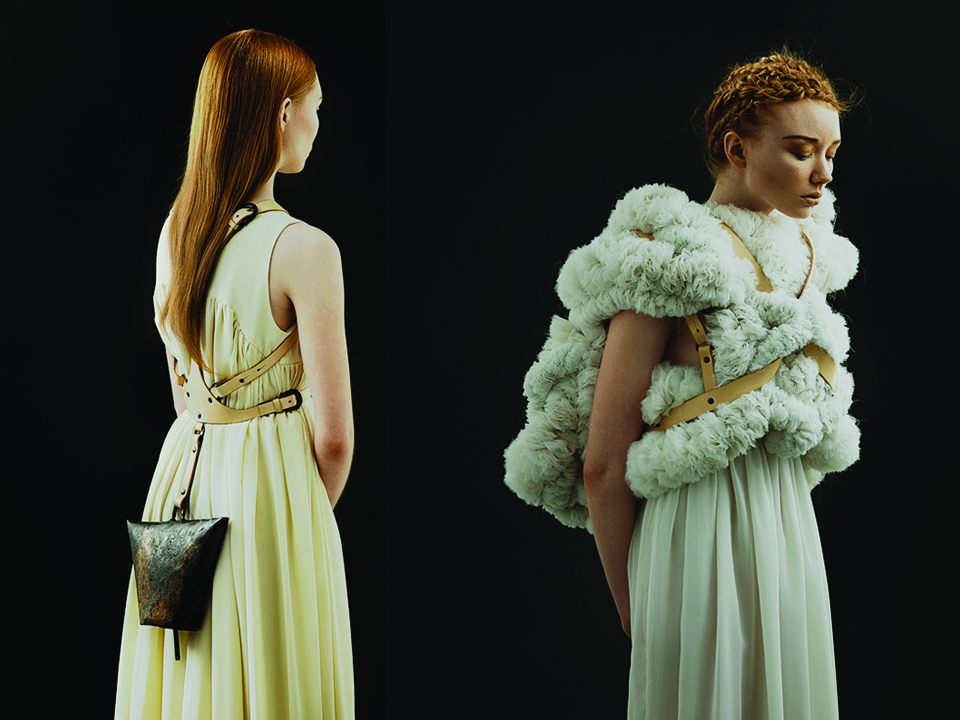
photos by nikolas ventourakis
the exhibition
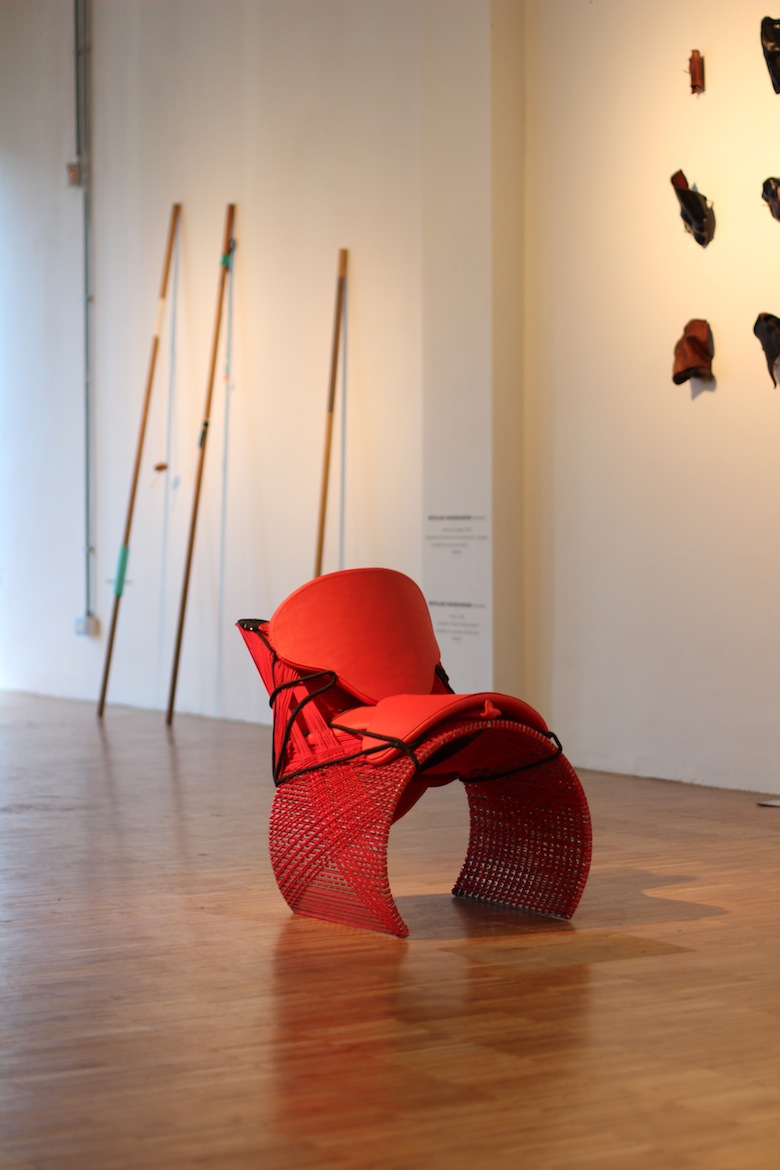
Chair Exú Asanà (2013) by Rodrigo Almeida & works by Brynjar Sigurdarson - photo by Daniel Costa
We are very pleased to have welcomed tens of thousands of international visitors to the FETISHISM exhibition at Ventura Lambrate during 2014's Salone del Mobile.
The Edelkoort Design Collection is also very pleased to have acquired two new works following the exhibition.
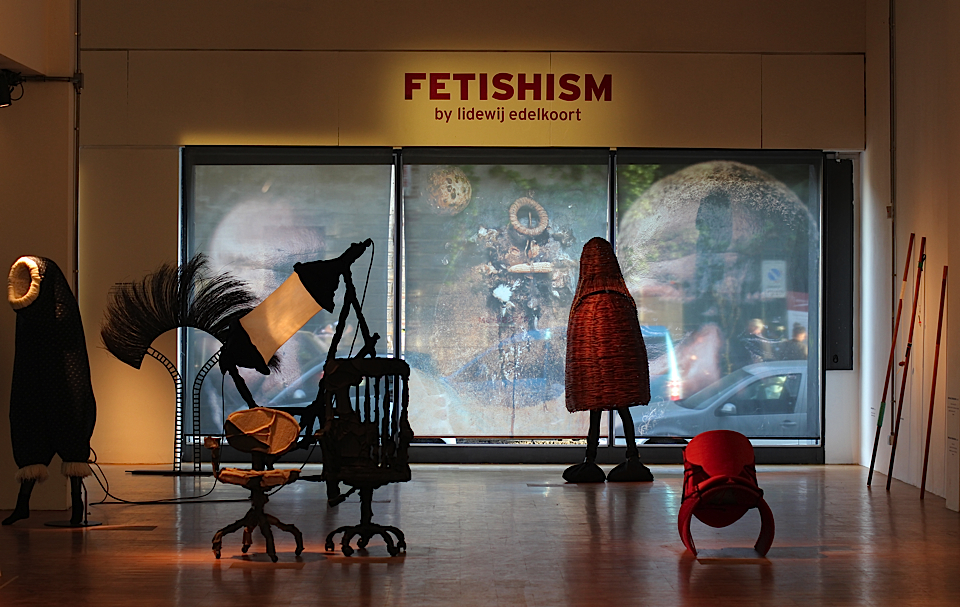
photo by Daniel Costa
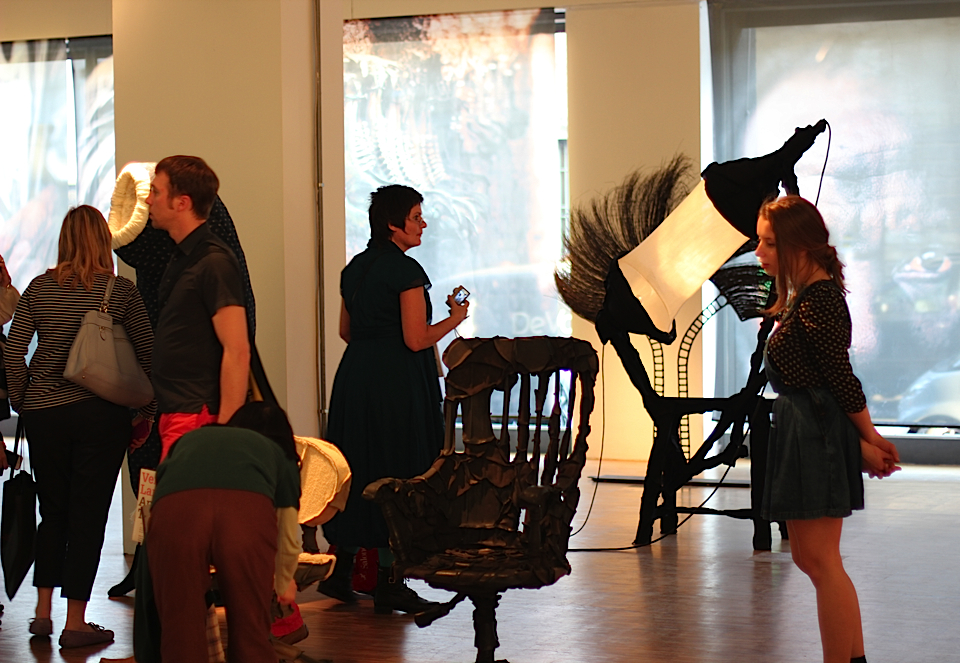
photo by Daniel Costa
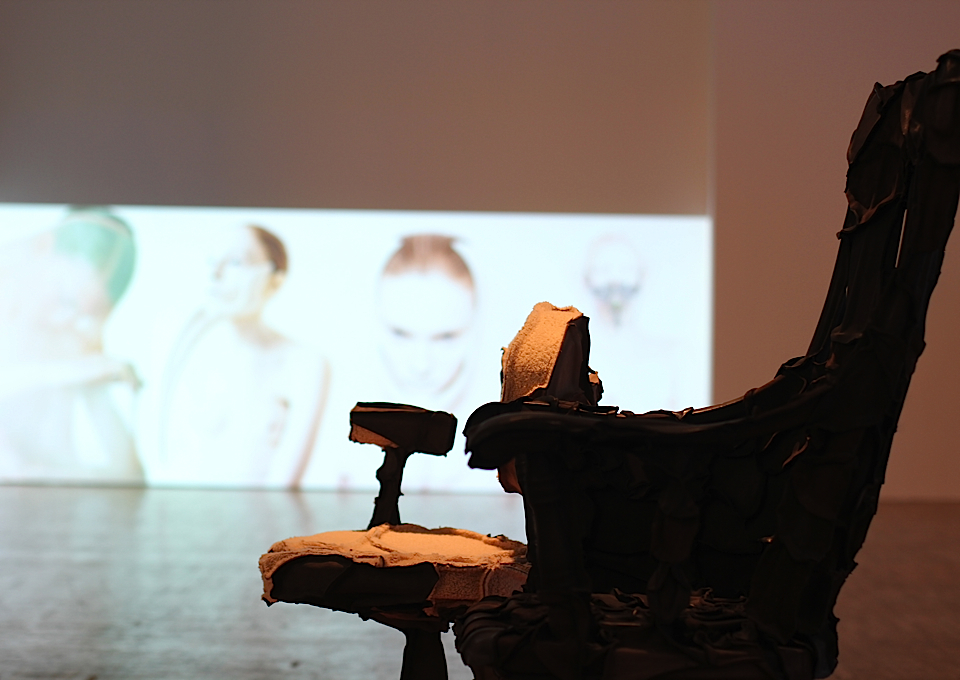
Office Chair XXL (2012) by Pepe Heykoop - photo by Daniel Costa
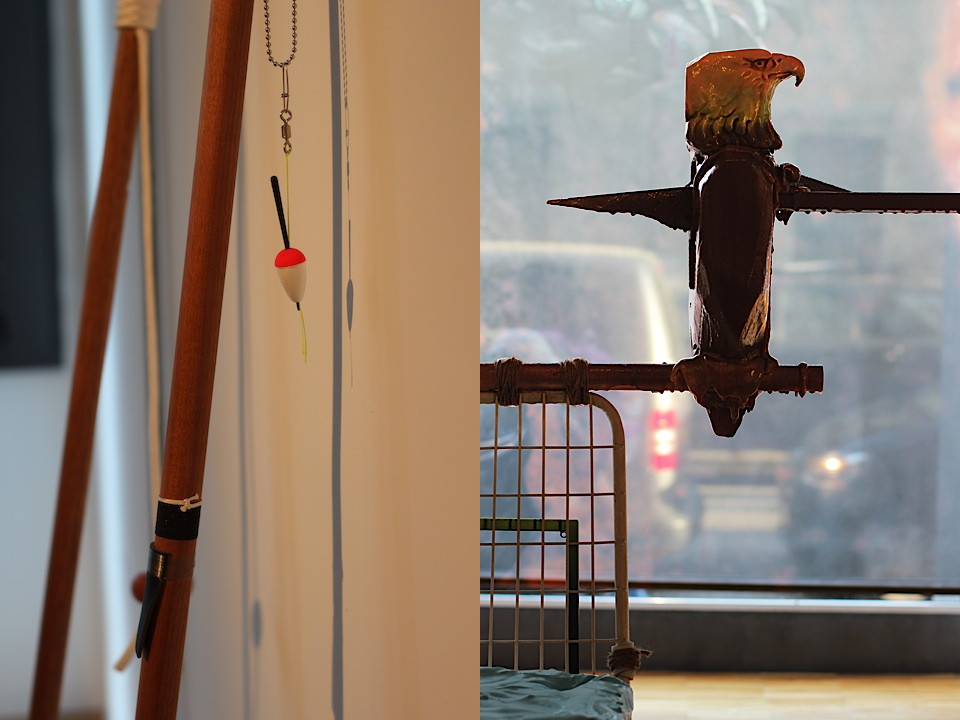
Sticks (2012) (detail) by Brynjar Sigurdarson Eagle Chair (2014) (detail) by Tessa Koot - photos by Daniel Costa
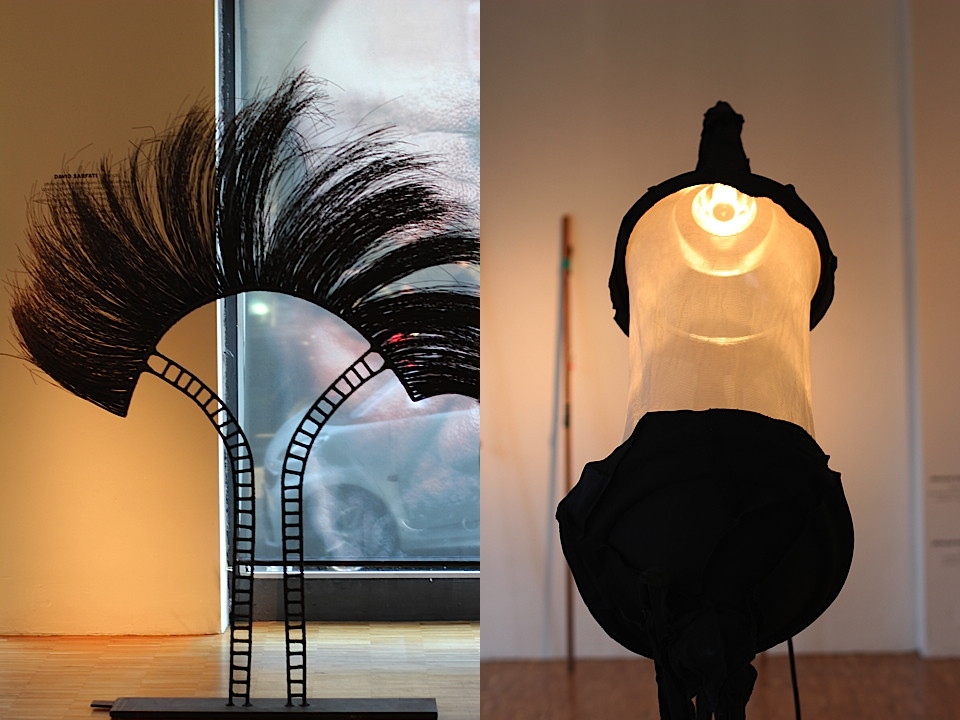
Study #30 (2013) by Nacho Carbonell - courtesy Rossana Orlandi Stretched Light (2013) (detail) by Pepe Heykoop for Glamcult Studio & G-Star RAW - photos by Daniel Costa
an inspirational exhibition
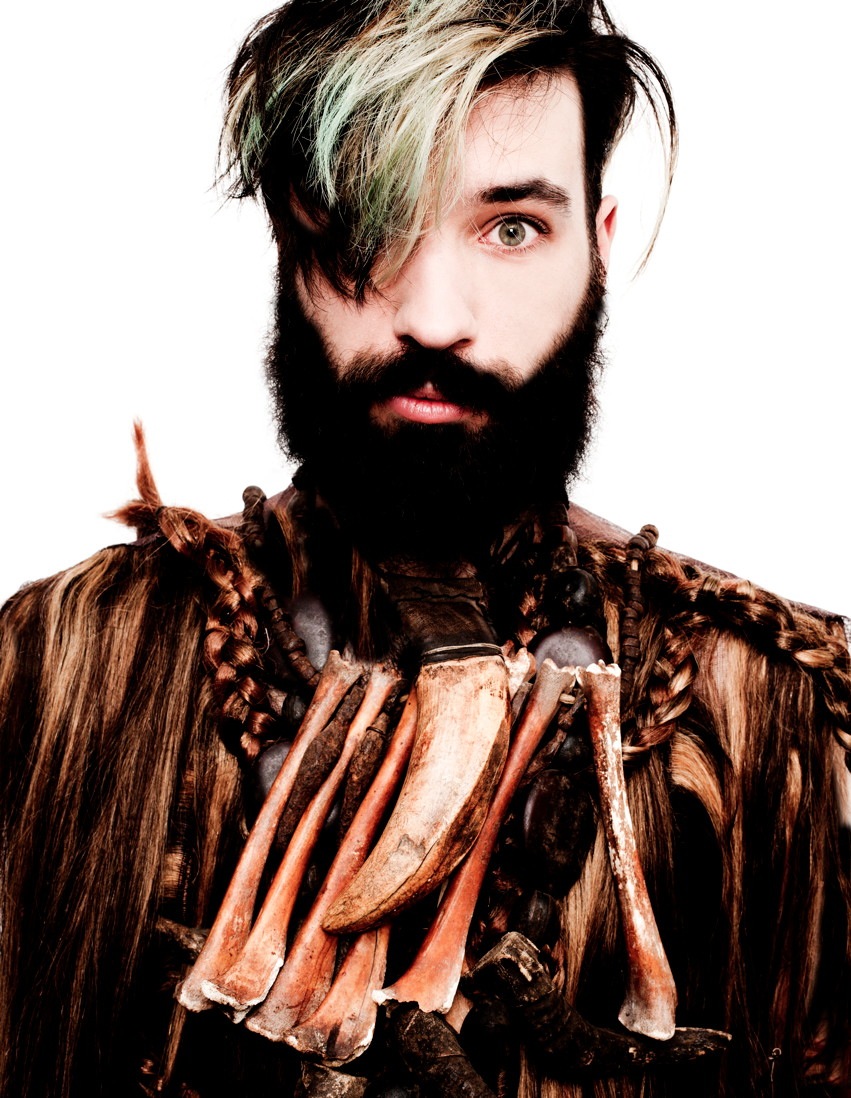
photo © Marie Taillefer / styling: Sergio Machado
During 2014’s Salone Internazionale del Mobile, Edelkoort Exhibitions will present an inspirational exhibition to express a newly emerging trend in design and culture...
Lidewij Edelkoort forecasts that we are heading towards a future where FETISHISM will merge the sensual with the primitive, espousing the animistic and the primal all at the same time. The Ventura Lambrate exhibition will illustrate these ideas through the form of an audiovisual installation and the display of several design objects. Edelkoort explains this emerging phenomena: “Humble everyday objects can attach us to a different place, another time or an alternative state of mind. Our smartphones and tablets could therefore be considered fetishes too. After all, the word ‘fetish’ harks from West Africa, therefore, a more primitive aspect of the current mania for Africa is fitting and to be expected. Colouring style brown instead of black.”
Curated by Edelkoort and Philip Fimmano, FETISHISM will include several works from Pepe Heykoop’s Skin Collection, instinctive garments by Femke Agema, primal installations by Brynjar Sigurdarson and a new fetishistic chair by Rodrigo Almeida. The event will launch Edelkoort’s latest books: LUSCIOUS, a Bloom book focusing on Brazil as a source of design inspiration, and FETISHISM IN FASHION, exploring the influence of fetishism on design and culture.
The contemporary fetish movement in design and fashion previews objects that will become animistic and ritualistic, layered with another strength or energy – embedding them with a soul. Edelkoort explains how design can acquire an anima: “No longer just a thing of the past, animism will become an opening to the future. A belief system that enables us to find the presence of spirit in a process, feel aura in an object, and sense soul in design. An energy to adore and with which to embrace multiple sources of inspiration, to layer hybrids and herald mobility in a world that will therefore become more nomadic. The experience is the message, and the road ahead offers the promise of transformation.”
Address: Via Ventura 15, Milan, Italy
Opening hours: Tuesday – Saturday, April 8 – 12, 2014 from 10 AM to 8 PM - Sunday, April 13, 2014 from 10 AM to 6 PM
Transportation: MM 2 (green line) or bus #81


